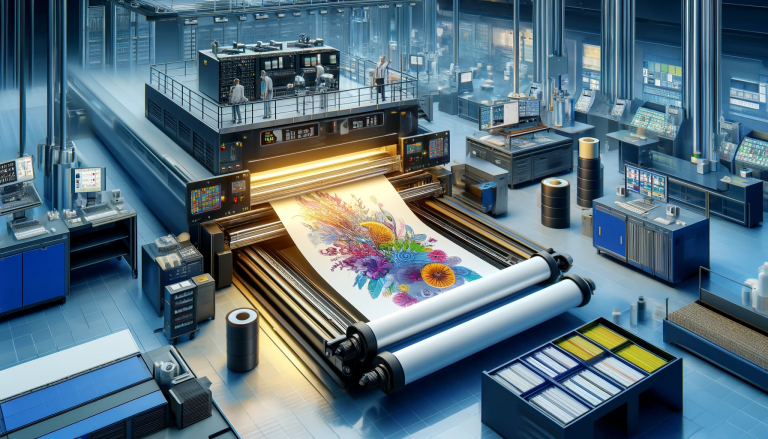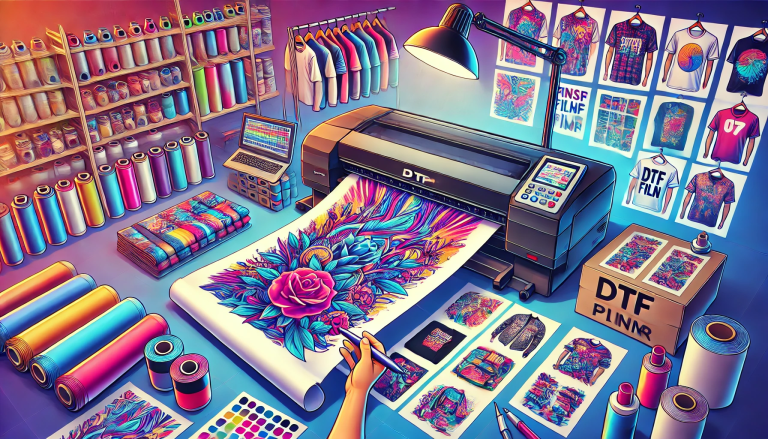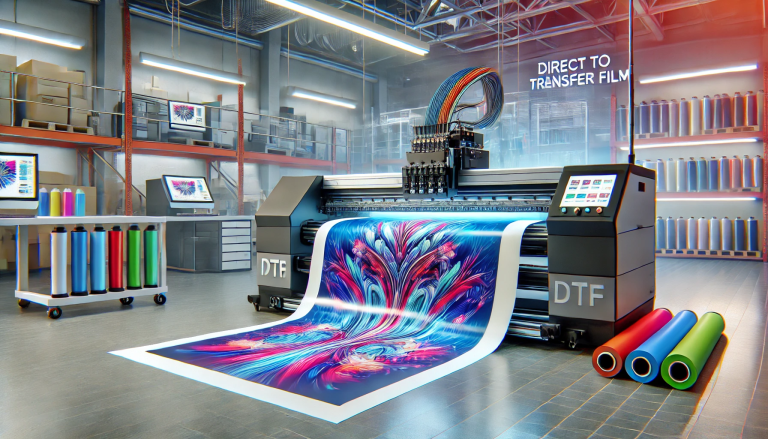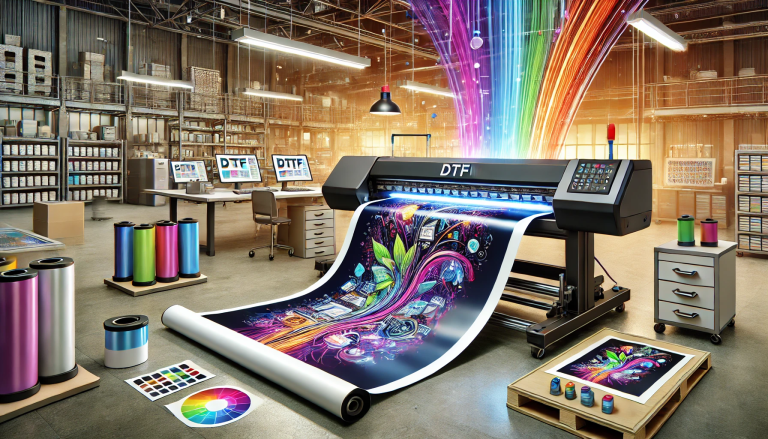“Can You Use DTF Transfer Paper in a Regular Printer? Breaking Down the Basics” -MAXDTF- UV DTF Adhesive Transfer Film Supplier, China DTF UV Paper, Made in China
If you’re delving into the world of garment printing, you might have heard of DTF (Direct to Film) transfer technology, which has gained substantial traction in recent years. For those curious about DTF and pondering whether they can employ their regular printer for the process, you’ve come to the right place. Let’s break down the nitty-gritty of using DTF transfer paper in a standard printer.
1. Understanding DTF Technology
Before we dive into the compatibility of printers and DTF transfer paper, it’s essential to understand what DTF is. DTF, or Direct to Film printing, is a relatively new method in the garment decoration industry. It allows for vibrant, full-color transfers that can be applied to various fabric types, including cotton, polyester, and blends. Unlike traditional methods like screen printing, DTF doesn’t require any weeding, making the process much more streamlined.
2. The Specialized Nature of DTF Printers
DTF printers are specially designed for the job. They employ unique inks that can adhere to the special transfer film. These inks, combined with the transfer film and adhesive powders, ensure a durable, vibrant print on garments.
3. Can You Use a Regular Printer?
In theory, any printer that can handle the ink and the film should be able to print DTF. However, there are some challenges:
- Ink Compatibility: Regular printers use standard ink types that are not designed for garment printing. For DTF, you need inks that can adhere to fabrics and withstand washing. Regular printer inks will not provide the same quality and durability.
- Maintenance Issues: The adhesive powder used in DTF can be messy and might clog a regular printer not designed to handle it.
- Print Quality: Without the proper ink and precision of a DTF printer, the print quality on a regular printer might not be optimal.
- Cost-Effectiveness: While using a standard printer might seem like a way to save money, the resulting prints’ quality and durability might lead to more costs down the road.
4. Converting Regular Printers
While not always recommended for novices, some experts in the field have successfully converted regular large-format printers into DTF printers by changing the ink system and making some modifications. This is not a straightforward task and requires a deep understanding of both printer mechanics and the DTF process.
5. Making the Right Choice
If you’re seriously considering DTF printing as a business or even a consistent hobby, it’s wise to invest in a specialized DTF printer. This ensures that you get the best quality prints, reduces maintenance issues, and in the long run, proves to be a cost-effective choice.
Conclusion
While the world of DTF printing is fascinating and offers a plethora of opportunities, using a regular printer might not yield the best results. Always do thorough research and consider the long-term implications before diving into DTF printing. Remember, the right equipment often leads to the best outcomes, ensuring satisfied customers and a thriving business!





